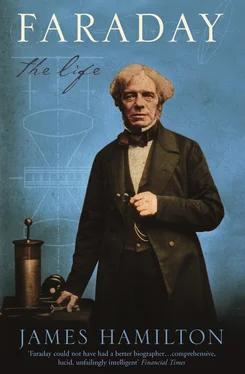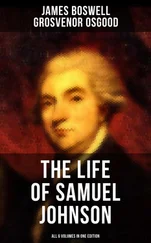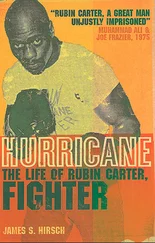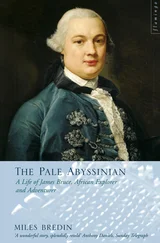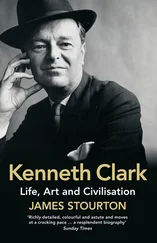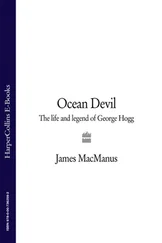Working in his laboratory in the basement of the Royal Institution in London, Faraday preferred solitude. The success of his science, however, depended on his learning from others, on consultation, collective endeavour and prayer. The extent of his correspondence with scientists and other friends reflects the passion with which he wanted to discover, discuss, argue and broadcast. He would not say, ‘It is so,’ but ‘Why is it so?’, and would demonstrate why. With a zeal and enthusiasm that was of a new order entirely, Faraday used newly-evolving modern agencies and techniques, such as the public lecture and the press, to get his work known, and to become a public figure himself. He was a natural preacher; from the lecture theatre to the pulpit, standing up so that he could be clearly seen and heard became second nature. Looking at the way he went about things one might almost be studying the activities of a career administrator from the mid-twentieth century. Faraday worked with his employers to reform the fabric, administration, activities and finances of the Royal Institution so that it was in a fit state to teach science to the world. He took highly detailed and particularised notes of every step of his laboratory experiments. His correspondence bound him firmly to the world outside. He wrote and published in distinct voices for both professional and student readership. In 1826 he instituted the Friday Evening Discourses and subsequently gave children’s lectures at the Royal Institution to great public acclaim. In an inspired, trend-setting move, he befriended the journalist William Jerdan and kept Jerdan’s Literary Gazette regularly supplied with science news from the Royal Institution. In his attention to detail, to systems, to decorum, Faraday was already a Victorian when Princess Victoria herself was a girl playing with her dolls.
The lasting monument of Faraday’s mature years is his Experimental Researches in Electricity (1832–55), forty-five linked papers which lay down the fundamental laws that guide the natural power of electricity, which Faraday considered to be the highest power known to man. The world’s electrical industry is founded on the laws Faraday discovered and tabulated, and, like the Declaration of the Rights of Man, they have been added to but never superseded.
In his old age Faraday’s science became increasingly theoretical, flying away from the solid certainties that he formulated in his mature years. In 1862, when he was effectively retired from science through ill-health and the rapidly increasing pace of change, Faraday was invited to give evidence on the teaching of science to the Public Schools Commission. He accepted the invitation because science education had been the whole purpose of his life; and having emerged as a youth from the bottom of society he felt called in his last years to work to improve education until his breath gave out. But he completely misjudged the narrowness of the Commission’s interest, and misunderstood the coded meaning of the words ‘Public Schools’. Faraday had come to give his views on science education in all schools for the public of Britain; but the Commission was concerned only with Eton, Harrow, Winchester and six other such. Faraday’s anger at being implicated in exclusivity was a late expression of the same passion which had suffused his life, and which drove him across an active career of forty years to reveal, teach and connect.
In writing about Faraday from a background in art history I am only too aware that I may be trying to ride two mettlesome and highly individual horses at the same time. In the 1820s and 1830s, however, the horses pulling the carriage of culture were still at one with each other, still a manageable team, and Faraday held the reins. The divide that began to draw art and science apart in the later nineteenth and twentieth centuries was, then, negotiable. Faraday’s driving role in the development of culture in Britain in the nineteenth century is what this book is about.
CHAPTER 1 ‘The Progress of Genius’
It is clear from the phrasing of his early letters that Michael Faraday spoke at breakneck speed when he wanted to explain something, or to relate his news, fact and reason flooding out of him with excitement and joy in the telling. He lived in London, above a blacksmith’s shop, a friendly boy, with an open face and thick brown curls on a head that was a size too big for his body. 1He was always short, and this made his head seem yet larger; he never grew above about five feet four inches, the height of Napoleon and J.M.W. Turner. His voice had an edge to it, an accent from the streets, and it was perhaps this that betrayed his vulnerability, his apartness, for beyond the accent he was as a boy unable to grip in his mouth words which had a sounding ‘r’ in them: he had what we now call a soft ‘r’. As a result, he could not pronounce his own name. ‘Michael Fawada’, he would say; 2or to avoid misunderstanding or teasing, ‘Mike’.
He had had no formal schooling, just a grounding of reading, writing and arithmetic at a day-school near the smithy in the back premises of 16 Jacob’s Mews, an alley north of Oxford Street. Faraday’s education was blunt – on one occasion when he spoke of his elder brother ‘Wobert’, the schoolmistress gave Robert a halfpenny to buy a cane to thrash the speech defect out of Michael. 3Robert refused to do any such thing, threw the coin over a wall and went home to tell his mother who promptly removed both boys from the school. When not at school, which was most of the time, Michael played with his friends in the street, or at home with his parents, elder brother and sisters. Jacob’s Mews was, and remains – for while the buildings have changed the building line has not – a wide, deep and bright alley, with plenty of room for blacksmithery and anvils to be set out in the yard, and for waiting horses to assemble. There was no academic learning in the family, and no likelihood of it. Michael’s father, James Faraday, had been sick for years, so the family’s financial and social future was insecure. Michael’s mother, Margaret, had however an instinctive feeling that her younger son, her third child, had a special quality, some rare intelligence and intuition in him that she had no word for. ‘My Michael!’, she would say. 4
Both his parents were devout. They had been brought up in the strict, non-conformist Sandemanian church in Westmorland, in the north-west of England. They had met and married in it, and arranged their lives according to its lights and guidance. James Faraday was a plain, practical man, the third son in a large smallholding family of Christians from Clapham in north Yorkshire. The allegiance of his parents, Robert and Elizabeth Faraday, had shifted in the volatile atmosphere of religious dissent of the mid-eighteenth century from one sect, the Inghamites, to the Sandemanians. With a historical perspective these changes are minor twists in the grain, but in their period and parish they could lead to anger, betrayal, family division and exclusion. Robert Faraday preached to Inghamite and Sandemanian congregations in Clapham and surrounding villages, and brought his children up to fear God and support the community. His eldest son, Richard, became an innkeeper and grocer, the second, John, a weaver and later a farmer, and the third, James, a blacksmith. Other sons became tailors and leather workers, while the three daughters remained unmarried. 5
Michael Faraday’s mother was the sixth child of Michael Hastwell, a farmer, and his wife Betty, of Black Scar Farm at Kaber, Westmorland. Having grown up on a farm, Margaret Hastwell brought rural talents such as threshing, winnowing and cheese- and butter-making to the marriage. 6Like the Faradays, the Hastwells had become Sandemanians, and attended the meeting house in Kirkby Stephen, the small market town on the northern side of the county boundary between Yorkshire and Westmorland. The Clapham and Kirkby Stephen congregations worshipped together from time to time, and it must have been in such sober circumstances that James Faraday and Margaret Hastwell met. 7He took a smithy opposite the King’s Head at Outhgill, five miles south of Kirkby Stephen; she became a maidservant at Deep Gill Farm nearby. They married, aged twenty-five and twenty-two respectively, at Kirkby Stephen parish church in 1786, and their first two children, Elizabeth and Robert, were born in 1787 and 1788.
Читать дальше
